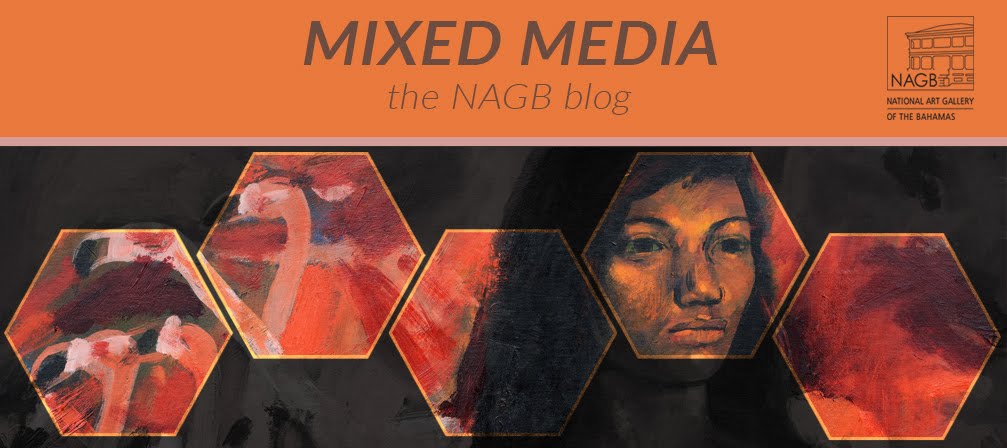The National Art Gallery Mixed
Media Art Summer Camp kicks off its first session bright and early on Monday
morning. Looking forward to a jam-packed three weeks, the NAGB team will be
exposing campers ages five to 15 to at least three different art forms over the
course of each three-week session. For those who missed the chance to register
for the first session, space is still available for the second session, which
runs July 13 to 31. Contact Abby Smith or Corinne Lampkin at 328-5800 for more
information.
Next Thursday at the National Art
Gallery of The Bahamas sculptor Andret John presents a talk on his contribution
to the Sir Nicholas Nuttall Coral Reef Sculpture Garden. Initiated by artist
Willicey Tynes and backed by The Bahamas Reef Environment Education Foundation
(BREEF), the underwater park features artificial reef structures and snorkel
trails. Along the way, sightseers can take in oversized sculptures, linking
visual art with marine conservation. According to BREEF, the garden expands the
foundation’s mission to address threats to The Bahamas’ coral reef systems. All
members of the public are invited to attend the talk, which starts at 7 p.m. on
Thursday, June 25.
The NAGB also announces the start
of its programming series for its newest exhibition, Celebrating 40 Years of
the Central Bank: A Pillar of Arts Commitment. On July 14, a panel discussion
on the bank’s mission to serve as both a reservoir of wealth and culture will
be held at the NAGB. Panelists will discuss the reasons behind the bank’s
commitment to highlight the importance of fine art and develop the country’s
visual art community. The history of the development of the bank’s art
competitions and its growing collection will also be addressed. All members of
the public are invited to attend free of charge. To find out more, contact
Corinne Lampkin at 328-5800.
All Bahamians can benefit from
Central Bank’s dedication to fine art next month, as the bank covers the cost
of admission for locals to visit the National Art Gallery. Normally free every
Sunday for residents, locals will be able to visit the NAGB every day of the
week without charge throughout the month of July. In the spirit of Bahamian independence
Central Bank has pledged to cover the cost of each guest’s visit – usually $7
for adults and $5 for students 12 and over – from July 1 to 31.
At the NAGB, visitors will have
the opportunity to take in samples from the bank’s collection, including
artwork collected during the tenure of T. Baswell Donaldson, the bank’s first
governor. Informative wall text giving historical context to the works and the
bank’s annual competitions initiated by Sir William Allen and Antonius Roberts
provides guests with an opportunity to find out more about the country’s main
wealth reservoir.
“The Central Bank is honored to cover the
public’s admission to NAGB for the month of July, to view the exhibits at the
gallery, especially the exhibit celebrating 40 years of central banking in The
Bahamas and our commitment to the arts. We view the bank’s more than 400
works of art as an important component of The Bahamas’ cultural capital; and
the bank’s commitment to and involvement in the development and support of local
art and artists continues to be a part of a deeper national commitment to
Bahamian excellence,” said Central Bank Governor Wendy Craigg.
Finally, in collaboration with Events by
Alexandra and Guanima Press Limited, the NAGB will present a series of culinary
experiences at the gallery. The first experience is scheduled for 6:30 p.m. on
Thursday, July 30; titled “Through the Kitchen Door: A culinary perspective of
Bahamian history and culture”, the evening will feature a talk by Patricia
Glinton-Meicholas and food tasting provided by Alexandra Maillis-Lynch.
Attendees are asked to make a donation of $15 each on the evening, and all are
welcome.
To find out more about upcoming NAGB
events and talks, contact the gallery at 328-5800.






